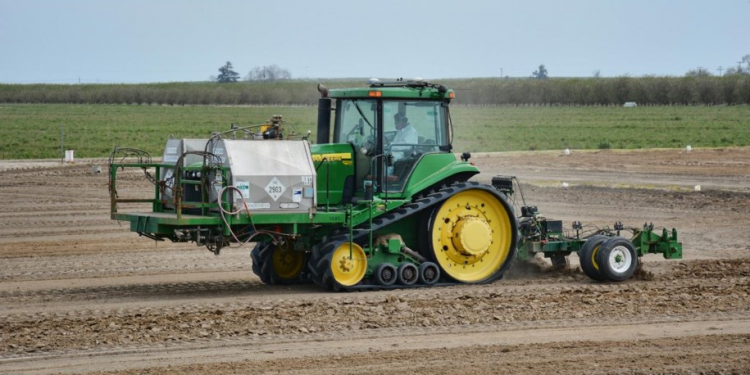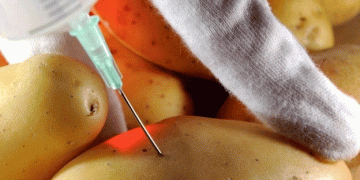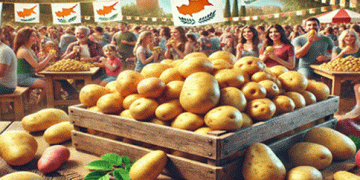University of Florida Institute of Food and Agricultural Sciences (UF/IFAS) scientist Johan Johan Desaeger believes an integrated strategy is the best long-term approach for producers trying to manage nematodes.
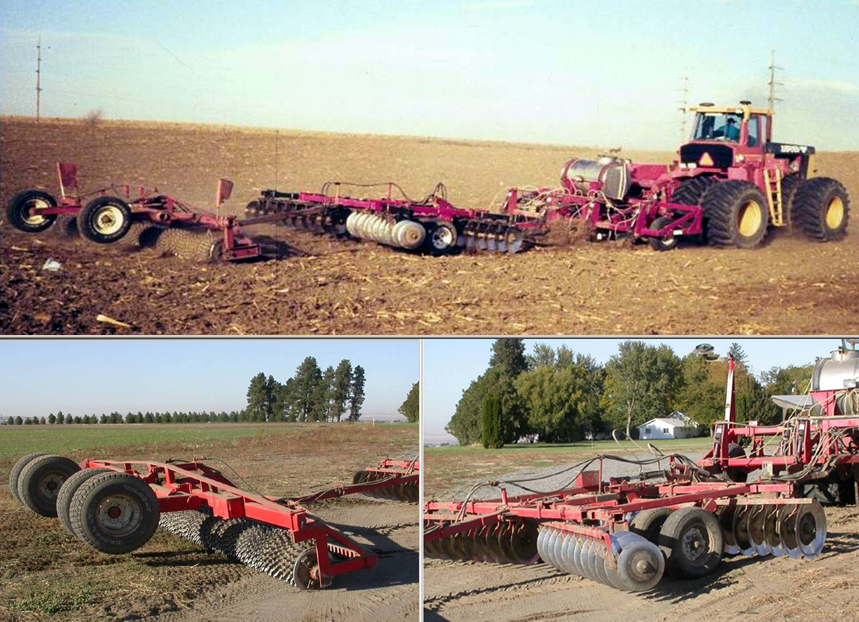
Growers are more dependent on fumigants like Telone, especially with the phase-out of methyl bromide. They effectively control nematodes, microscopic worm-like pests that have a wide host range. However, there’s no certainty they will be available in the future.
“We’re basically trying to come up with ways to manage nematodes in a more integrated way. Traditionally it’s been, we fumigate and then we take care of nematodes. But I don’t believe it’s a sustainable option in the long term,” said Desaeger, assistant professor of Entomology and Nematology at the UF Gulf Coast Research and Education Center
“We have a responsibility as university people to really look at alternatives in the mid-term and long-term so when things happen, growers are prepared, and we have alternatives in place.”
Alternative Methods
UF is currently studying alternative control methods like non-fumigant nematicides and cover crops.
Nematodes will always be a challenge for Florida’s specialty crop farmers, due in large part to the state’s sandy soils and its warmer climate.
“In general, Florida is a perfect habitat for a lot of nematodes. It’s our diversity of crops, and it’s our sandy soils. I think that’s one of the big things that separates Florida from other states is our soils are very sandy. For most nematodes, that’s just what they like,” Desaeger said. “Methyl bromide was a great product. It’s so volatile. You inject it in the soil and distributes equally across the whole volume and it was very effective. There’s never been a direct replacement, and I don’t think there ever will be a direct replacement. Nematode management has become more challenging.”
Fumigation is the process of releasing fumigants to suffocate and kill certain pests within the soil, specifically nematodes. It is currently the most effective way to kill nematode populations.
“I think the need for fumigants, it’s there. We have serious problems, and fumigants are still the most effective tools to manage nematodes here in Florida. Since the phase-out of methyl bromide, problems probably have increased, not just for nematodes but also for soil diseases,” Desaeger said.
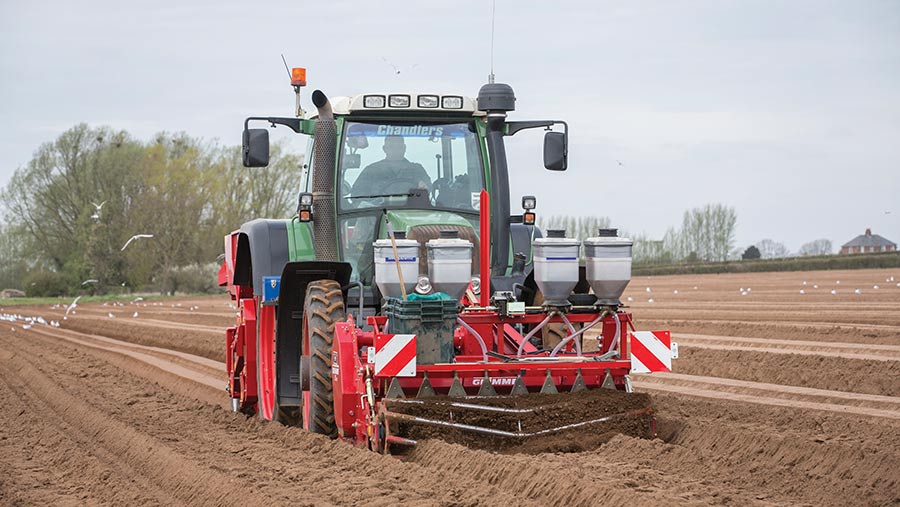
Limiting nematodes: cover crops effective management option
he time in between production seasons provides Florida vegetable producers a chance to manage nematodes. While cover crops improve the soil quality and health in preparation for the upcoming growing season, they can also help reduce nematode reproduction; if growers implement cover crops that are poor hosts.
“It’s basically got to be a decision a grower makes based on how well he knows his field. Knowing what nematodes you have in your field is really the first thing you need to figure out,” said Johan Desaeger, Assistant Professor of Entomology and Nematology at the UF Gulf Coast Research and Education Center. “Then you can decide which is the best cover crop or cover crop mix you can use.”
By increasing the soil’s organic matter, cover crops can also improve the soil health by stimulating biological control organisms that are nematodes’ natural enemies, Desaeger said.
What’s Recommended?
But what cover crops are recommended? It depends on what nematodes have been a problem in growers’ fields.
“It depends on the nematode issue that you have. For root-knots, we’ve looked at sunflowers, and sunflowers is a good host for all root-knots that we looked at. That’s not something I would recommend. Another one that is very common is cowpeas, and that depends on the root-knot species that you have. It grows very well and is good for the soil, but it certainly can increase certain species of root-knot nematode,” Desaeger said. “Sorghum-sudan is another good one for root-knot, but it’s not a good one for sting or stubby.”
Sunn hemp is a good cover crop to use. It produces high amounts of biomass and is a poor host to root-knot nematodes and sting nematodes. It also contains alkaloids in its tissue. Its leaf and root residue have nematicidal activity, says Desaeger.
“It’s extra work. You’ve got to buy the seed. You’ve got to prepare your land. If you plant them in April or May, it can be really dry. So having overhead irrigation so you can actually water them can make a big difference,” he added. “I do realize there’s a lot of concerns that some growers may have with it, but I would say when they have the time to plant it, it’s certainly something I would recommend.”
